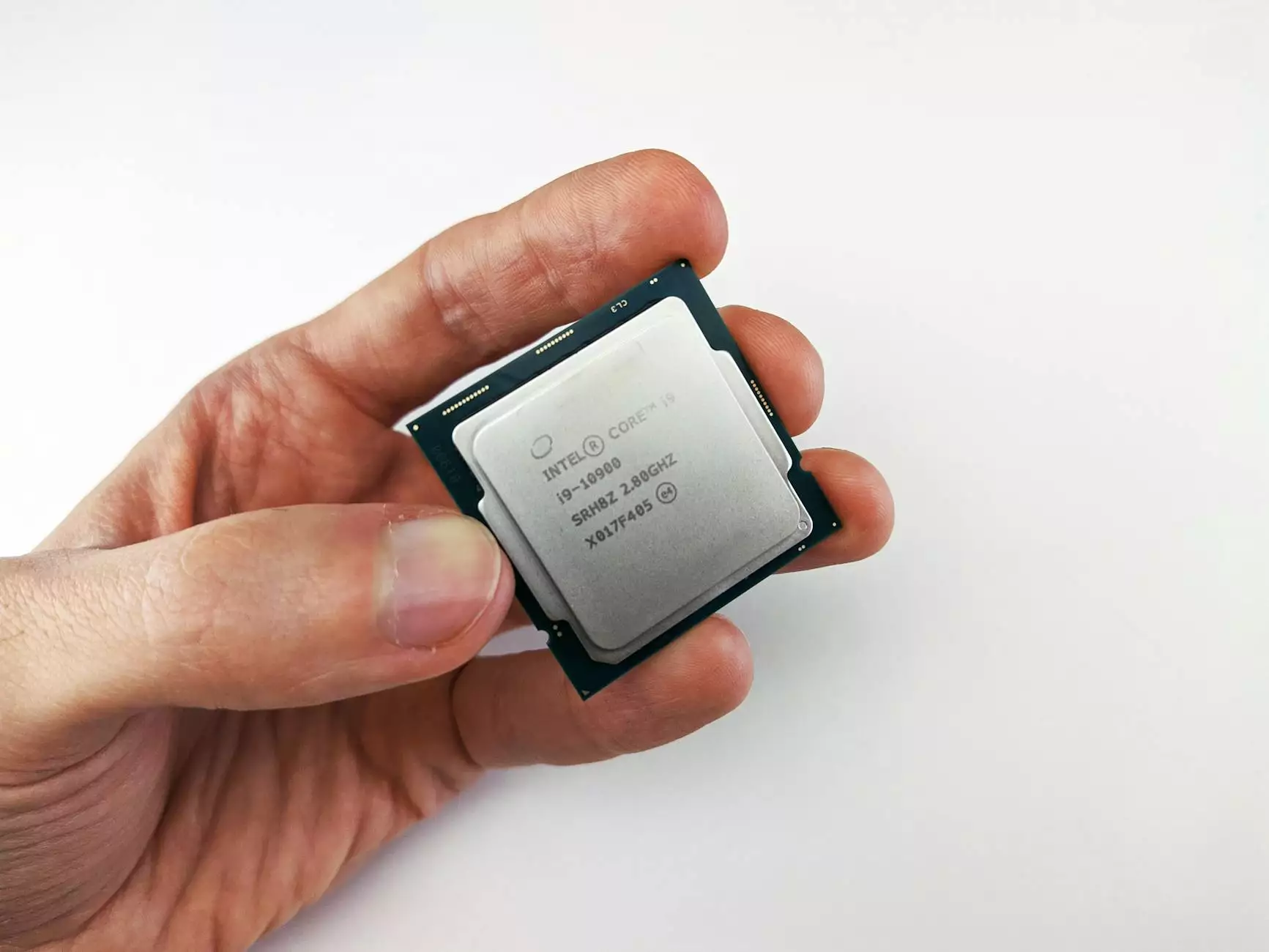Understanding the Deep Plane Face Lift: The Ultimate Guide

The deep plane face lift has emerged as a groundbreaking solution for individuals seeking to rejuvenate their facial appearance. With aging, skin loses its elasticity, and facial structures may sag. This innovative procedure addresses these concerns effectively, providing natural-looking results that can help you reclaim your youthfulness. In this comprehensive guide, we will delve into every aspect of the deep plane face lift, from the procedure itself to recovery and beyond.
What is a Deep Plane Face Lift?
A deep plane face lift is a surgical procedure that focuses on the deeper layers of the facial structure, particularly the muscle and connective tissue. Unlike traditional face lifts that primarily tighten the skin, the deep plane technique repositions the underlying facial tissues, ensuring a more natural and long-lasting outcome.
Why Choose a Deep Plane Face Lift?
There are several compelling reasons to consider a deep plane face lift:
- Natural Results: By addressing the deeper layers of tissue, this method minimizes tension on the skin's surface, resulting in a more authentic appearance.
- Long-Lasting Effects: Patients typically enjoy results that last longer than those achieved with superficial lifts due to the method's comprehensive approach.
- Minimal Scarring: The surgical technique allows for incisions that can be well-hidden, leading to less noticeable scarring post-operation.
- Enhanced Facial Contour: This procedure effectively redefines the jawline, cheekbones, and overall facial structure.
Who is an Ideal Candidate for a Deep Plane Face Lift?
While many individuals can benefit from a deep plane face lift, certain factors determine whether one is an ideal candidate:
- Age: Generally, candidates are between 40 and 70 years old, although younger individuals with significant sagging may also benefit.
- Health Status: Good overall health is crucial to ensure a smoother surgery and recovery. Those with chronic conditions may need medical clearance.
- Goals and Expectations: Candidates should have realistic expectations about the outcome and the commitment to the recovery process.
- Skin Quality: Candidates with sufficient skin elasticity are more likely to achieve optimal results.
The Deep Plane Face Lift Procedure
The surgical procedure for a deep plane face lift typically follows these steps:
- Consultation: Before surgery, prospective patients will have a thorough consultation with a qualified cosmetic surgeon. This discussion includes medical history, aesthetic goals, and a physical examination.
- Anesthesia: On the day of the surgery, anesthesia will be administered to ensure comfort throughout the procedure. Options include general anesthesia or intravenous sedation.
- Incisions: The surgeon will make incisions along the hairline and around the ears to access the underlying tissues. The deep plane technique allows for the repositioning of muscle and fat without additional tension on the skin.
- Repositioning Tissues: The deep plane approach lifts and repositions the underlying tissues, restoring volume and elasticity. The surgeon may also address any fatty deposits that contribute to a fuller appearance.
- Closing Incisions: Once the desired adjustments are made, the surgeon will carefully close the incisions, typically using sutures that will dissolve on their own.
- Recovery Plan: A comprehensive recovery plan will be provided, including recommendations for follow-up visits.
Recovery After a Deep Plane Face Lift
Recovery from a deep plane face lift is a critical phase that greatly influences the final outcome. Understanding what to expect can alleviate apprehensions:
- Initial Recovery: Patients can expect swelling, bruising, and discomfort during the first few days post-surgery. These symptoms gradually subside with proper care.
- Activity Restrictions: Avoiding strenuous activities and protecting the surgical site is essential for the initial weeks. Most patients return to light activities within two weeks.
- Follow-Up Visits: Regular follow-ups with the surgeon will ensure that recovery is on track and that any concerns are addressed promptly.
- Final Results: While some improvements are visible immediately, the full results typically become apparent after several months as swelling resolves and tissues settle into their new positions.
Risks and Considerations
Like any surgical procedure, a deep plane face lift carries potential risks, though they are relatively minimal when performed by a qualified surgeon. Possible risks include:
- Infection: While rare, infection can occur at the incision sites, necessitating prompt treatment.
- Scarring: Although incisions are placed to minimize visible scarring, individual healing may vary.
- Asymmetry: There is a slight chance of asymmetry in facial features, though this is typically correctable.
- Anesthesia Risks: Patients must be aware of potential reactions to anesthesia, although these are generally quite rare.
Choosing the Right Surgeon
Choosing the right surgeon for your deep plane face lift is paramount to achieving the results you desire. Here are key considerations:
- Board Certification: Ensure the surgeon is certified by the American Board of Plastic Surgery or relevant certification boards in your country.
- Experience: Look for a surgeon with extensive experience specifically in deep plane face lifts.
- Before and After Photos: Reviewing previous patients' results can provide insight into the surgeon's skill and the potential outcomes.
- Consult Patient Reviews: Honest reviews and testimonials can help gauge the quality of care and patient satisfaction before, during, and after the surgery.
The Cost of a Deep Plane Face Lift
The cost of a deep plane face lift can vary widely based on several factors, including the surgeon’s experience, geographic location, and the complexity of the procedure. On average, patients can expect to invest in the range of $10,000 to $20,000. It's essential to understand that this price often does not include additional costs such as anesthesia, facility fees, and post-operative garments.
When evaluating the cost, consider it an investment in your appearance and self-confidence. Many patients report feeling significantly more satisfied with their appearance after the procedure, which can have lasting impacts on their personal and professional lives.
Alternatives to a Deep Plane Face Lift
For individuals considering facial rejuvenation but who may not be ready for surgery, several non-invasive alternatives exist:
- Injectables: Fillers and Botox can offer temporary improvements in facial contours and wrinkle reduction.
- Laser Treatments: These treatments can enhance skin texture and tone, reducing the signs of aging.
- Ultherapy: A non-invasive ultrasound treatment that lifts and tightens the skin.
- Thread Lifts: A less invasive surgical option that can provide some lifting effects with less downtime.
Conclusion
In the realm of cosmetic procedures, the deep plane face lift stands out as a remarkable option for those seeking significant facial rejuvenation with impressive, natural-looking results. By understanding the procedure, recovery process, and the essential factors to consider, patients can make informed decisions regarding their aesthetic journey.
At drermanak.com, we are committed to providing you with the highest level of care and expertise in facial rejuvenation. If you are contemplating a deep plane face lift, we invite you to schedule a consultation where we can help you explore your options and craft a personalized treatment plan tailored to your unique needs. Take the first step towards a renewed you today!









